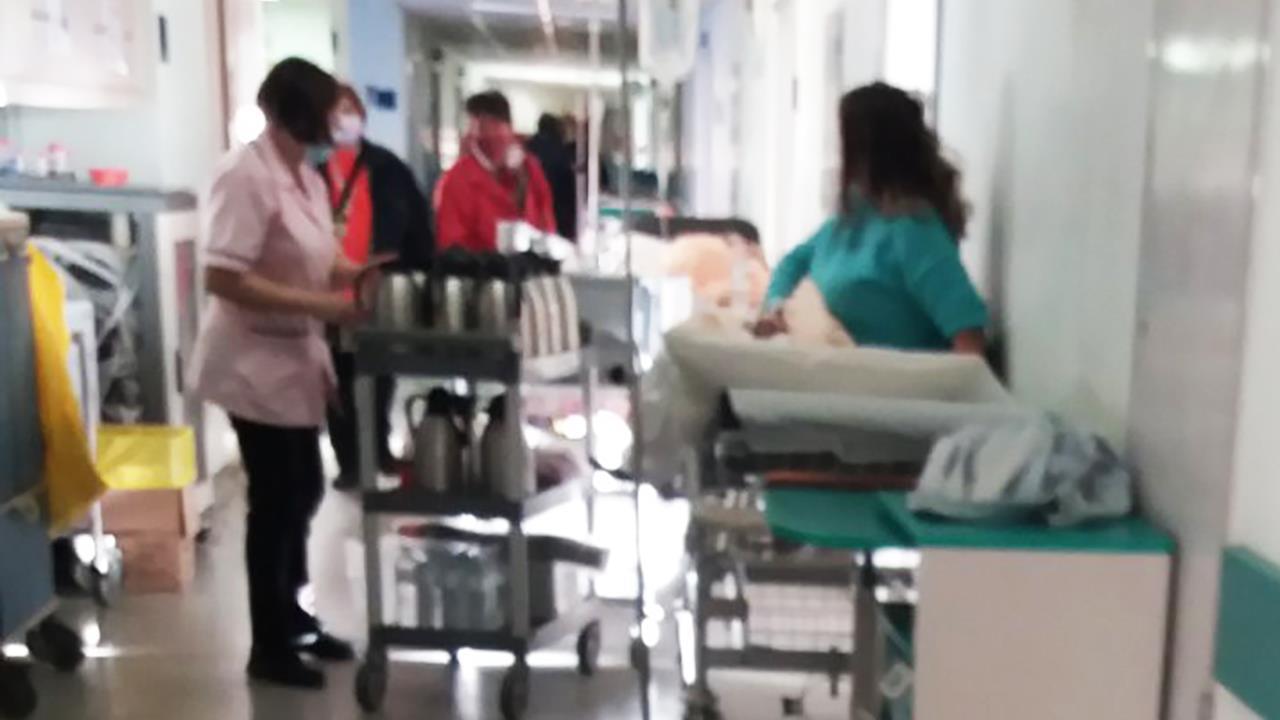
“In many hospitals, patients are treated in corridors on stretchers within the pathology clinics. In others, they remain on stretchers in the emergency room for days or are placed in unsuitable wards, such as surgical or obstetric units, increasing the risk of infections,” Giannakos emphasised, highlighting that Greece has the highest rate of hospital-acquired infections and related deaths in Europe.
For example, the hospitals in Patras, “Agios Andreas” and “Rio,” see their emergency departments filled with stretcher-bound patients after one day of being on duty. These patients remain there for days.
“We have fewer hospital beds than necessary, and many of these operate precariously because of staff shortages,” Giannakos stated. The National Health Service operates 3.5 hospital beds per 1,000 inhabitants, compared to the European average of 5.3 beds per 1,000 inhabitants.
“During the period of the bailout cuts, we closed hospitals and pathology clinics, and we have not reopened them even after the pandemic,” he remarked. He pointed out that even facilities temporarily utilised for coronavirus cases, such as the one in Western Attica, were subsequently closed again.
Giannakos concluded that the issue could be addressed by “developing more hospital beds with adequate safety measures, recruiting more staff, making contract workers permanent, increasing wages, providing incentives, and including healthcare workers in the category of Heavy and Unhealthy Professions.”
“If we do not make the National Health System attractive, the last healthcare worker will soon close the door,” he warned.
______________________________________________
Are you seeking news from Greece presented from a progressive, non-mainstream perspective? Subscribe monthly or annually to support TPP International in delivering independent reporting in English. Don’t let Greek progressive voices fade.
Make sure to reference “TPP International” and your order number as the reason for payment.